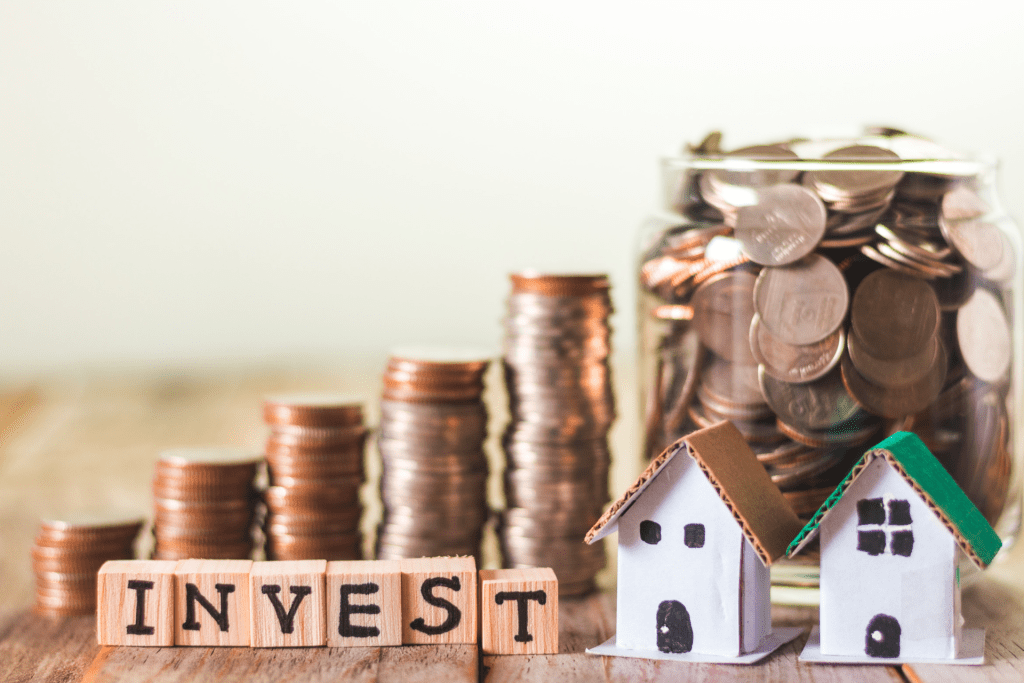
Many Australians dream of saving up for a deposit and buying their first property. However, the first property doesn’t necessarily have to be one they plan to move into and live in.
The decision between purchasing a home and investing in a property carries its own unique set of considerations. Australia’s real estate landscape, economic factors, and property market trends all play a crucial role in shaping this decision.
As per the insights provided in Helia’s July Spotlight (quarterly pulse survey), a significant number of potential home purchasers feel that saving for a down payment is becoming more challenging due to the escalation in living expenses. Interestingly, the data also reveals that 47% of these individuals are presently engaged in researching or are in the process of looking to buy a home within the upcoming quarter.
To make the choice with a clear understanding of all the considerations, let’s delve into the main differences between buying a home with high mortgage repayments versus opting for an affordable investment property.
The Crux of the Matter: Home Mortgage Repayments vs. Investment Affordability
Australia’s property market is notorious for its high prices, particularly in major cities like Sydney and Melbourne. As a result, entering the housing market as a first-time buyer often entails taking on a substantial mortgage, which can lead to higher monthly repayments. While homeownership offers stability and the sense of “making it” in life, it also ties up a significant portion of your financial resources.
Investing in property, on the other hand, offers an alternative avenue to navigate Australia’s expensive housing market. Choosing an investment property in a more affordable location can open the doors to property ownership without the burden of exorbitant mortgage repayments. This approach enables you to capitalize on potential rental income to offset mortgage costs while potentially benefiting from property value appreciation over time.
Embracing Rentvesting: A Distinctive Australian Strategy

In the Australian context, “rentvesting” has emerged as a savvy strategy to tackle the challenge of housing affordability while simultaneously building a property portfolio. Rentvesting involves renting a property in your preferred location – often in urban centers with high living costs – while owning an investment property in a more affordable area. This strategy offers several notable advantages:
- Location Aspirations
Rentvesting allows you to live in a location of your choice, even if property prices are beyond your current budget.
- Investment Diversification
Owning an investment property diversifies your portfolio, potentially generating rental income and capital growth.
- Financial Flexibility
Rentvesting avoids the financial strain of a hefty mortgage, giving you more flexibility to manage your finances effectively.
- Tax Benefits
Investment property ownership in Australia comes with tax benefits, including deductions for expenses related to the property.
- Capital Growth Potential
Over time, your investment property can appreciate in value, contributing to your overall wealth.
Strategic Decision-Making: Navigating Emotions in Australia’s Property Landscape

Australia’s property market can trigger strong emotional responses due to the cultural significance of homeownership. However, making an informed decision should be the cornerstone of your approach. Here’s a step-by-step guide to help you make a well-considered choice:
1. Define Your Goals: Clarify your short-term and long-term financial objectives. Are you aiming for property ownership, wealth generation, or a blend of both?
2. Assess Financial Readiness: Evaluate your financial health. Calculate what you can comfortably afford without compromising your financial stability.
3. Market Research: Dive into the nuances of Australia’s property market. Study trends, understand growth areas, and assess rental demand.
4. Risk Analysis: Gauge your risk tolerance. Property investment carries risks, including market fluctuations and property management challenges.
5. Professional Guidance: Seek advice from financial advisors and property experts who understand Australia’s unique market dynamics.
6. Scenario Planning: Develop scenarios for different choices. Compare the financial implications of buying a home versus investing in property.
7. Long-Term Vision: Consider the long-term implications. How do your decisions today align with your future goals, such as retirement or family expansion?
The Path to Your Dream Home: Building a Secure Base
In Australia, investing in property before buying your dream family home offers a practical route toward achieving both objectives. By beginning with investment properties, you lay the foundation for long-term financial stability and growth. As your investment portfolio expands, you gain leverage and options for your eventual family home purchase.
Here’s how this strategic approach works:
- Financial Resilience
Investment properties can yield rental income and capital growth, enhancing your financial resilience.
- Equity Accumulation
As properties appreciate and mortgages decrease, equity builds up. This equity can be leveraged for future property purchases.
- Risk Mitigation
- Holding multiple investment properties spreads risk across your portfolio, reducing vulnerability to market fluctuations.
- Ample Choices
A robust investment portfolio affords you choices when it comes to selecting your dream family home.
Wrapping It Up
Choosing between homeownership and property investment in Australia requires a tailored approach that factors in the unique market conditions, financial goals, and lifestyle aspirations. While the emotional pull of homeownership is strong, it’s essential to approach the decision with a rational mindset. Embrace the rentvesting strategy to strike a balance between your desired lifestyle and property investment goals. Leverage informed decision-making to navigate Australia’s dynamic property landscape, considering your financial readiness, market trends, and risk tolerance.
Remember, the journey toward property ownership or investment in Australia is a marathon, not a sprint. By prioritizing strategic decisions, you’ll be better equipped to secure a stable financial future while achieving your dreams of property ownership and wealth accumulation.

